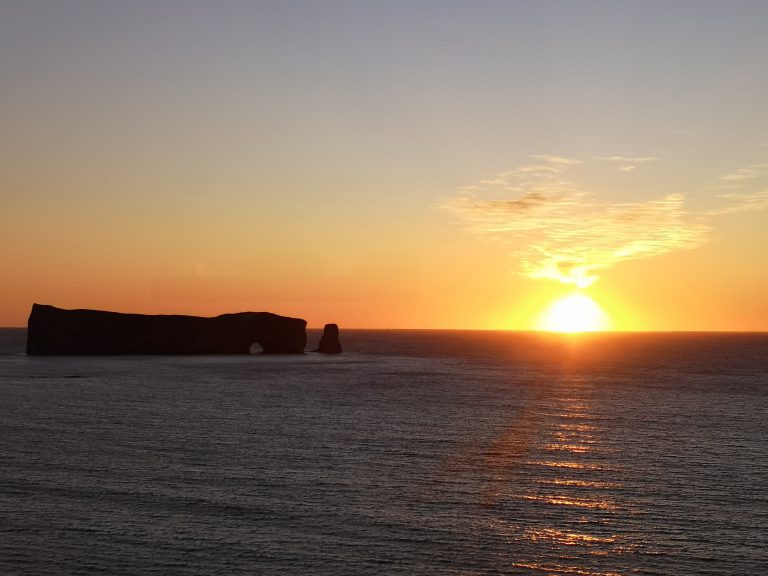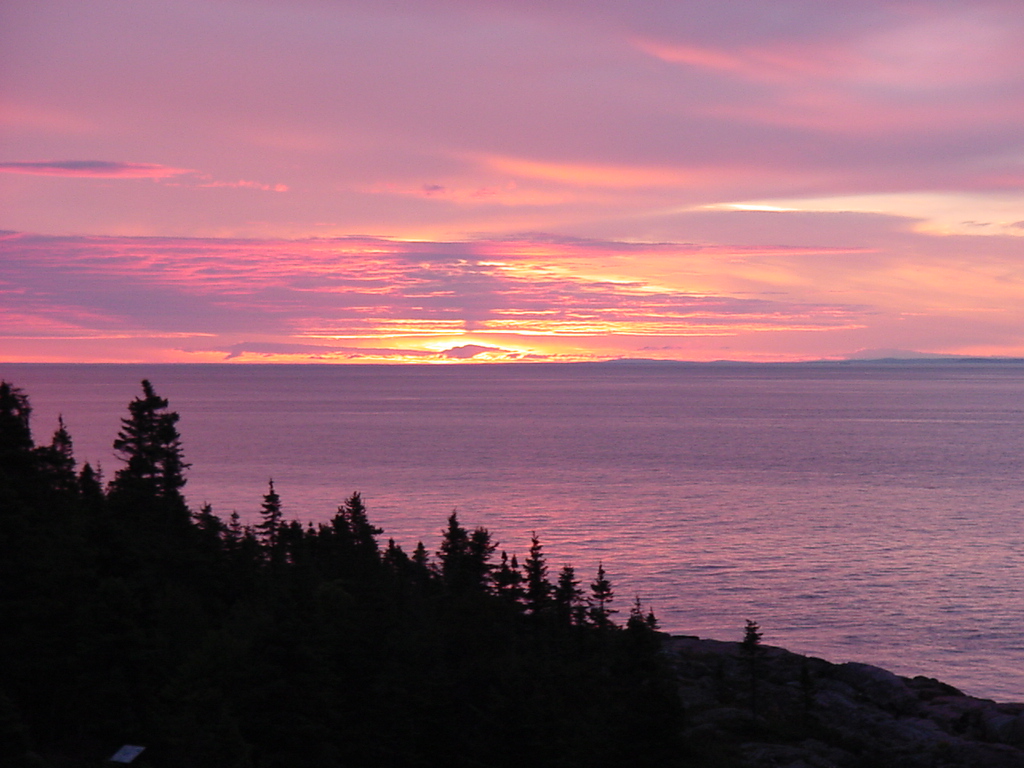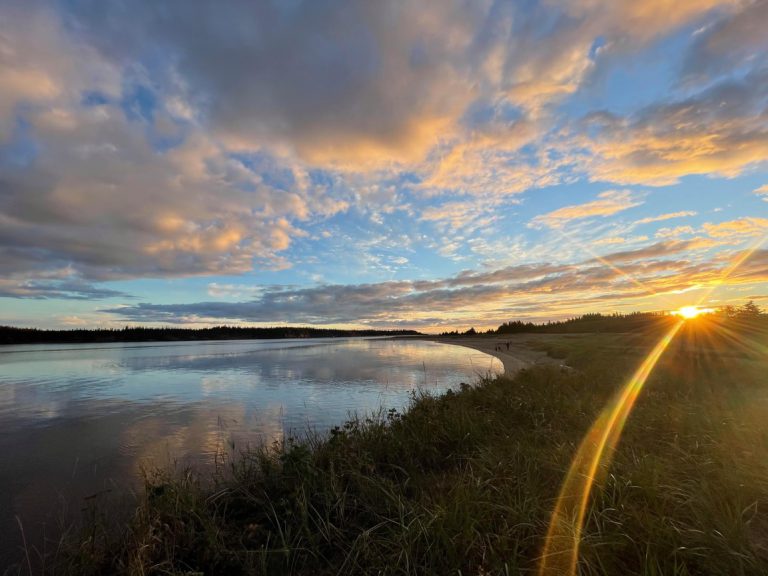Fleuve Saint-Laurent (Quebec, Canada)

In the December 2017 edition of the world renowned magazine BioScience, several Quebec thinkers united with the “World Scientists” to “sound the alarm again on the disastrous results of human governance in environmental matters ”[1], with particular emphasis on the availability of freshwater per capita across the globe. Indeed, according to their study, available freshwater resources have been reduced by 50% since the 1960s, due primarily to the disastrous effects of climate change.
Crucially, in the context of Quebec, our surface area is 22% fresh water and consists of 3% of the planet’s total water resources [2], yet, in 2017 Quebecers represented a mere 0.11% of the world’s population [3]. In order to take charge of the protection of Quebec’s water resources, in 2009 the National Assembly adopted a law affirming the collective nature of water resources and promoting better governance of water and associated environments [4]. This law affirmed that water is “essential to life,” “a vulnerable and exhaustible resource,” part of “the common heritage of the Quebec nation,” and that it is “important to preserve it and to improve management to meet the needs of present and future generations ”[5].

Inspired by the letter and spirit of this law, OIDN is currently collaborating with many organisations to implement international legal theory in Quebec’s legal system, which calls for granting the various elements of Nature their respective rights.
This new movement began in 1972 with Professor Christopher D. Stone, in his article Should Trees Have Standing? [6]. Today, legal theory promotes this paradigm shift through its application in a growing number of communities internationally. Whether we think of Ecuador, Bolivia, the Whanganui River in New Zealand, the Atrato River, or even more recently the Amazon rainforest in Colombia [7], they all practice the theory of rights of Nature and recognize their ecosystem as an integral part of their legal system.
Considering the critical environmental responsibility Quebec has for the world’s freshwater resources, the OIDN believes that it’s time for Quebecers to give their rivers the status they deserve in the legal ecosystem.

At the moment, we have under the microscope two Quebec rivers closely tied to the fate of the Copper Redhorse, a species endangered according to the Species at Risk Act [8] since 2007. On the one hand, the species that lives exclusively in Quebec’s water bodies sees a significant part of its essential habitat threatened by the potential implementation of the Montreal Port Authority’s expansion project at Contrecoeur on the St. Lawrence River [9] while, on the other hand, the Richelieu River in which the fish reproduces sees the quality of its water supplying also thousands of homes being alarmingly neglected [10].

This approach taken by the OIDN and their collaborators is far from being naive. Rather, it is part of an international movement implementing innovative legal solutions in order to enable legal systems to remain at the service of its people and the environment in which they live, which entails addressing the challenges of its time.
[1] Id., Supplemental File S1.
[2] Ministère du développement durable, de l’Environnement et de la Lutte contre les changements climatiques, L’eau au Québec : une ressource à protéger, [en ligne], <http://www.mddelcc.gouv.qc.ca/eau/inter.htm>.
[3] En 2017, la population du Québec a été estimée à 8 394 034 personnes selon l’Institut de la statistique du Québec : [en ligne], <http://stat.gouv.qc.ca/statistiques/population-demographie/structure/qc_1971-20xx.htm>.Toujours en 2017, la population mondiale a été estimée à 7 550 262 101 selon le 2017 Revision of World Population Prospects du Département des affaires économiques et sociales de l’Organisation des Nations Unies, division Population : [en ligne], <https://esa.un.org/unpd/wpp/DataQuery/>.
[4] RLRQ, c. 6.2.
[5] Id., Préambule.
[6] Christopher D. STONE, « Should trees have standing? – Toward Legal Rights for Natural Objects », (1972) 45 S. Cal. L. Rev. 450.
[7] International Center for the Rights of Nature, « Advancing Legal Rights of Nature: Timeline », 2018, [en ligne], <https://celdf.org/rights/rights-of-nature/rights-nature-timeline/>.
[8] L.C. 2002, c. 29.
[9] Bruno BISSON, « Port de Montréal à Contrecoeur : des organismes questionnent la légalité du projet », LaPresse, publié le 15 février 2018, [en ligne], <http://www.lapresse.ca/actualites/grand-montreal/201802/15/01-5153958-port-de-montreal-a-contrecoeur-des-organismes-questionnent-la-legalite-du-projet.php?utm_categorieinterne=trafficdrivers&utm_contenuinterne=envoyer_cbp>.
[10] Frederic KHALKHAL, « Un rapport alarmant sur la rivière Richelieu », Le Journal de Chambly, publié le 18 avril 2018, [en ligne], <https://www.journaldechambly.com/un-rapport-alarmant-sur-la-riviere-richelieu/>.
